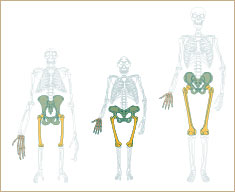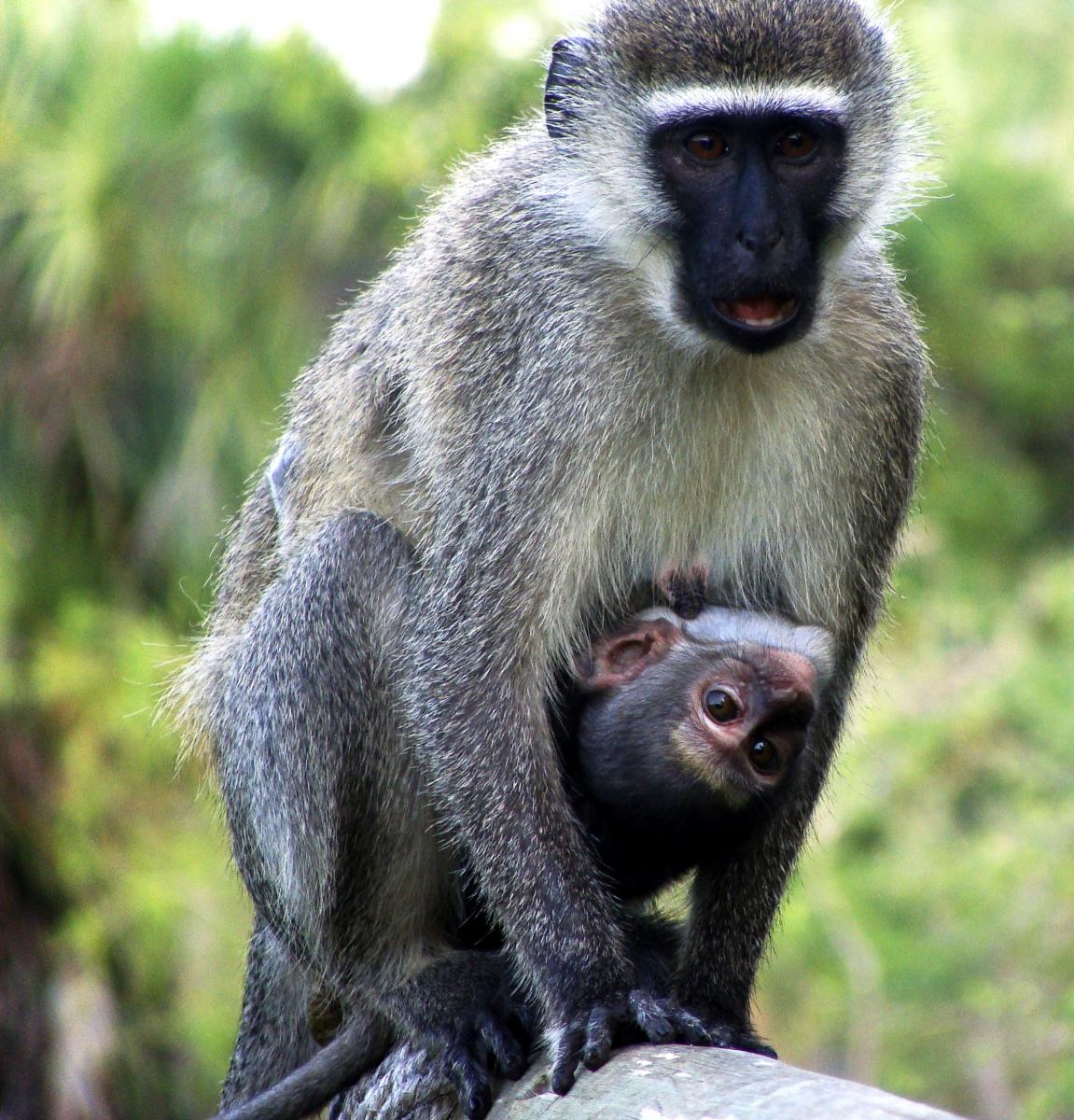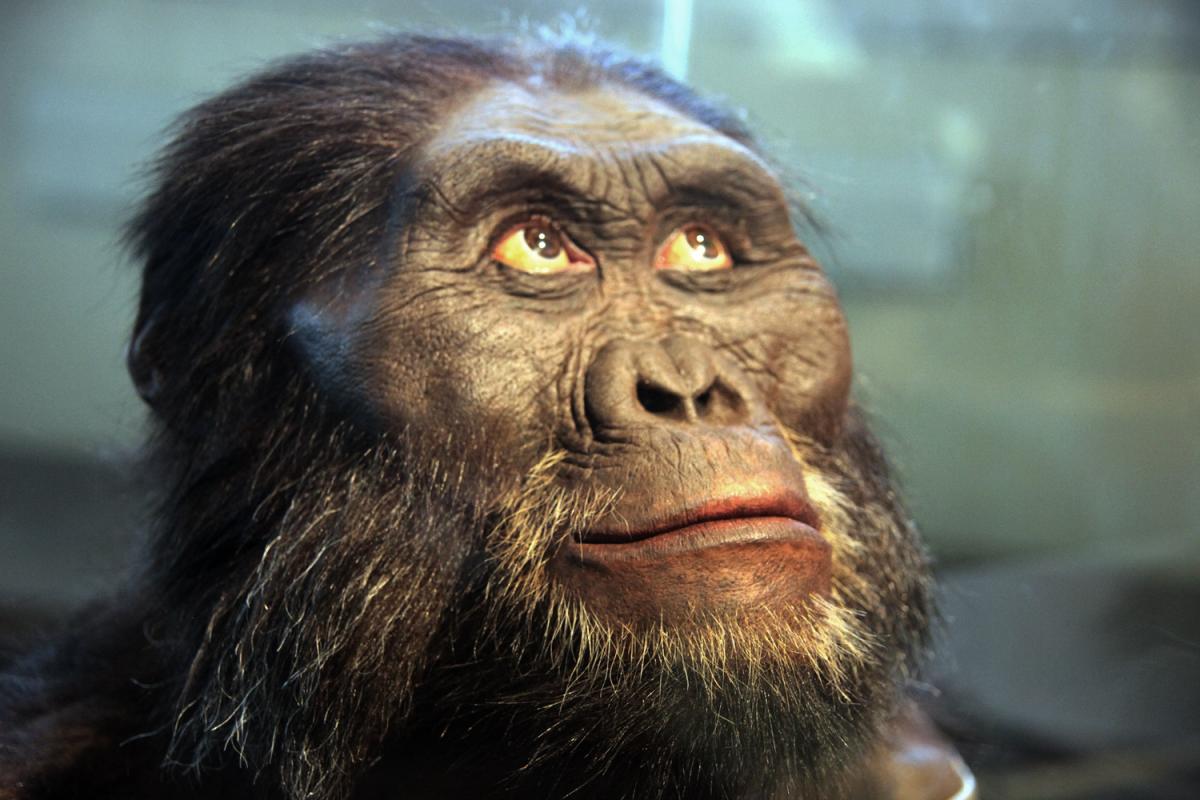Theodosius Dobzhansky’s “Nothing in biology makes sense except in the light of evolution” is my favorite science quote, as it sums up perfectly how important evolution is to our understanding of biology. Unfortunately, in far too many schools evolution is not taught all, or not taught to its full extent. When it comes to human evolution in particular, the statistics are even more depressing. According to a 2008 survey by Berkman and Plutzer, 17% of high school biology teachers omit human evolution entirely, while the majority (60%) spend just one to five hours of class time on it. In the United States, there are very few states (seven plus the District of Columbia in 2007) with science standards that specifically include human evolution; and human evolution is missing from the NGSS standards that were finalized in 2013. There are many reasons why human evolution may not be part of the formal curriculum, but “controversy” surrounding our origins and fear of push back from parents due to religious concerns are certainly among them.

To skip or minimize discussion of human evolution, however, is to miss an opportunity to engage students. From an early age we wonder where we come from; evolution explains that for us. From the amazing array of fossils that have been found in Africa, Asia, and Europe we can piece together our evolutionary lineage from Australopithecus to early Homo sapiens and explore the different species that branched off in between. By studying the fossil record we can understand when we began walking upright, by noting all the huge morphological changes that distinguish us from other great apes, such as our wide bowl-shaped pelvis, big toes in line with the rest of our feet and shorter arms. We can see when our brain size increased (when Homo erectus came about) and the subsequent huge change in our technology. As they say, the rest is history.
Tapping into our inherent curiosity about our history and origins is a great way to get students excited about science. Who does not want to know why we do the things we do and look the way we do? Learning about our own evolution helps students feel connected to science. It can be cool to watch chemistry experiments but they may not relate directly to our own lives. Many students would never picture themselves as a “typical” scientist who wears a white lab coat and works in a lab all day. But human evolution is instantly relatable, and shows students who are interested in science but don’t realize that spending your days out in the field digging up fossils or observing our primate relatives in the wild are examples of “doing science.” I was one of those students who never thought I could go into science. I was focused on becoming an actress. I struggled with math but always did well in biology. After not getting into drama school but instead into Bucknell University, my love of animals led me to study animal behavior. It was the best decision I ever made and while in Tanzania for my semester abroad, surrounded by vervet monkeys during my research project, I knew I wanted to be a primatologist. It was my love of primates that led me to the field of evolutionary anthropology and made me so interested and passionate about it.

Learning about human evolution is a lens through which students, and people in general, can see how we are connected to the world. We are primates, just like the living animals we call apes and monkeys, though our own evolutionary path rewarded walking on two legs and having a really big brain. Evolution is not directional; it is not striving for better. Animals who are the best adapted to their environment survive long enough to reproduce and pass those genes onto their offspring. Our unique human-defining traits do not make us better than our other primate relatives—just different. Chimpanzees are well adapted to their environments where they live and thrive; they are in no way “less evolved” than we are. True, we humans have dominated and altered the world around us, but if we understand our evolutionary place in the world, it becomes harder to justify the idea that we are better than the organisms we share the planet with. In this way, studying human evolution is humbling, and in this day and age, we all need a little humility.
We are dealing with climate change on an unprecedented scale because of our actions, putting Earth at risk for us and all the other plants and animals that live here. We need to start using these big brains for good to stop the changes that could spell the end of our run on this planet. There were early hominid species, like Australopithecus afarensis, that lived for about 900,000 years, almost four times as long as we have been around, but they eventually went extinct. Such examples show students that our species is not the be-all and end-all of human evolution. We are not immune to the forces that can cause extinction. We can see now how vulnerable we are to disease epidemics like Ebola, HIV, and even the common flu. Natural disasters—on the rise due to climate change—can render us defenseless and vulnerable. Technology can help us, but we can’t assume it will save us.
 We have a duty to teach the next generation where they come from, evolutionarily speaking, and to push against the idea that we are somehow invincible and almighty. Students should understand our biological place in the world. Teaching human evolution is too important to avoid for fear of the controversy surrounding it. I have seen the moment in which a student begins to comprehend the bigger picture of where we come from, and it is amazing to behold. We need to give students more opportunities for moments like this that can shift their perspective and open up a whole new way of thinking. It is only when that happens that this generation will see how precarious our place in this world is and be inspired to do all that they can to stop climate change from wreaking havoc on the only place we and all the rest of life on Earth call home.
We have a duty to teach the next generation where they come from, evolutionarily speaking, and to push against the idea that we are somehow invincible and almighty. Students should understand our biological place in the world. Teaching human evolution is too important to avoid for fear of the controversy surrounding it. I have seen the moment in which a student begins to comprehend the bigger picture of where we come from, and it is amazing to behold. We need to give students more opportunities for moments like this that can shift their perspective and open up a whole new way of thinking. It is only when that happens that this generation will see how precarious our place in this world is and be inspired to do all that they can to stop climate change from wreaking havoc on the only place we and all the rest of life on Earth call home.
Lauren Saville is the owner and creator of Primate Tales, Toronto’s only educational outreach company that brings the world of primates and evolution into K–12 classrooms. Saville has her MA in Evolutionary Anthropology and her BSc in Animal Behavior. She has studied baboon maternal behavior in Kenya, vervet monkey grooming and aggressive behavior in Tanzania, and squirrel monkey cognition at Bucknell University. You can check out her blog where she writes about evolution, education, and primates on her web page.
